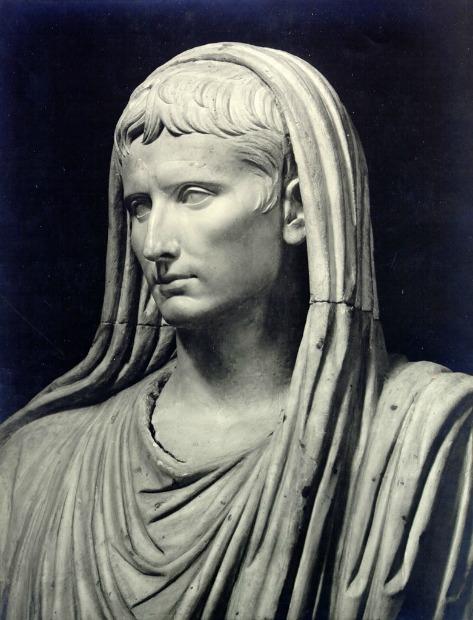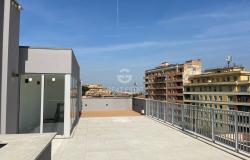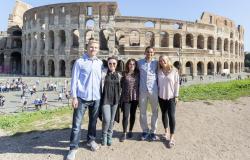In the photo: The famos statue of Augustus as Pontifex Maximus.
Rome pays homage to its first emperor with an exhibition, “Augusto”, opening today at the Scuderie del Quirinale.
The exhibition marks the 2000th anniversary of Emperor Augustus’ death, which occurred on August 19, 14 AD. Julius Caesar's adopted son, Augustus became Rome's leader after defeating Mark Antony and Cleopatra in 27 BC.
The show tells the story of his dazzling career and of the birth of a new era through statues, portraits, household objects in bronze, silver and glass, golden jewellery and precious stones, on loan from Italian and foreign museums.
The visual fulcrum of the exhibition comprises the celebrated statues of Augustus, brought together for the first time: Augustus as Pontifex Maximus from the Museo Nazionale Romano, and the Augustus of Prima Porta from the Vatican Museums.
Other loans include: a Hermes-like statue of the favorite heir-apparent Marcellus, his nephew, from the Louvre; a female wild-boar relief from Palestrina east of Rome; a marble votive shield from Arles in France; a head of Ulysses from Sperlonga south of Rome; and the famous Blacas cameo from the British Museum.
According to the curators, the exhibition “aims to bring out Augustus's abilities as a man endowed with exceptional charisma and extraordinary political intuition. Where even Julius Caesar had failed, he succeeded in putting an end to the decades of internecine strife that had brought the Roman Republic to its knees, and in inaugurating a new political era: the Empire.”
His reign lasted over 40 years and would become the longest in the city's history. Under Augustus, the Empire achieved its greatest expansion, spreading through the entire Mediterranean basin, from Spain to Turkey, from the Maghreb to Greece to Germany.
"The end of the civil wars was skillfully peddled as an era of peace, prosperity and abundance,” the curators state. “It was then that Rome saw the development of such crucial concepts as pax, pietas and concordia, sung by poets of the caliber of Virgil and Horace, and debated by the intellectuals and thinkers who met in the so-called circle of Maecenas.”
With a selection of approximately 200 objects of the highest artistic quality, the exhibition offers visitors the chance to explore the emperor's life and career, which coincided with the birth of a new artistic culture and language that up to the present day continue to lie at the root of Western civilisation.
The exhibition ends February 9, 2014.
For more information, please visit: http://english.scuderiequirinale.it/categorie/exhibition-augusto-rome









